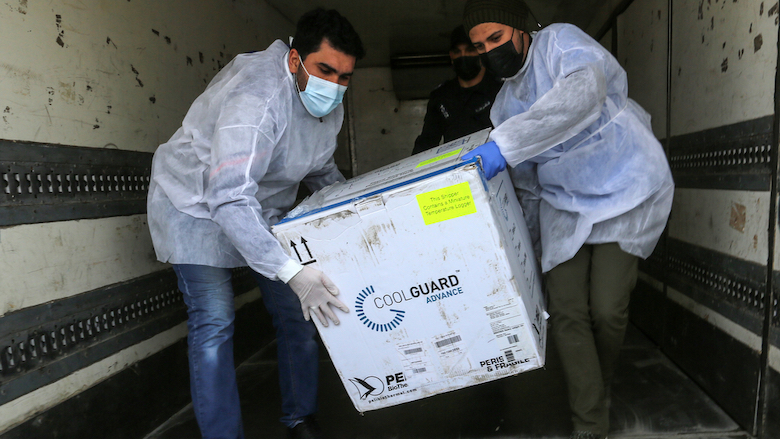After a successful containment of the COVID-19 first outbreak in the spring of 2020, the second and third waves have been more challenging. Q2 2020 witnessed one of the largest economic contractions on record, but activity has slightly improved since. The fiscal position has worsened not only due to the outbreak but also due to a political stand-off that has disrupted the flow of revenues for half of 2020. The outlook remains precarious and subject to numerous political, security and health risks.
Recent Developments
With limited fiscal space and monetary policy tools (due to the lack of a national currency) to mitigate the crisis impact, the economy bore the brunt of the pandemic and containment measures. The decline in activity from March 2020 was rapid and broad, with GDP contracting by 3.4% (yoy) in the first quarter of 2020 and then by 19.5% (yoy) in the second quarter, one of the largest contractions on record. There was a rebound in the third quarter as the economy grew by 12% (q/q), but nonetheless, it was still nearly 12% lower than the same quarter of 2019 with private consumption and capital investment continuing to record significantly lower levels. In total, the economy shrank by 11.5% in 2020, in real terms.
Outlook
Uncertainty about the rollout of COVID-19 vaccinations implies that the ongoing "lockdown-open-surge-lockdown" dynamic will disrupt the economic activity until enough of the population is vaccinated to achieve herd immunity. Accordingly, Upside risks arise from the signs of renewed engagement by the U.S. with the PA and the potential for the announced Palestinian elections to ease the internal divide between the West Bank and Gaza.
